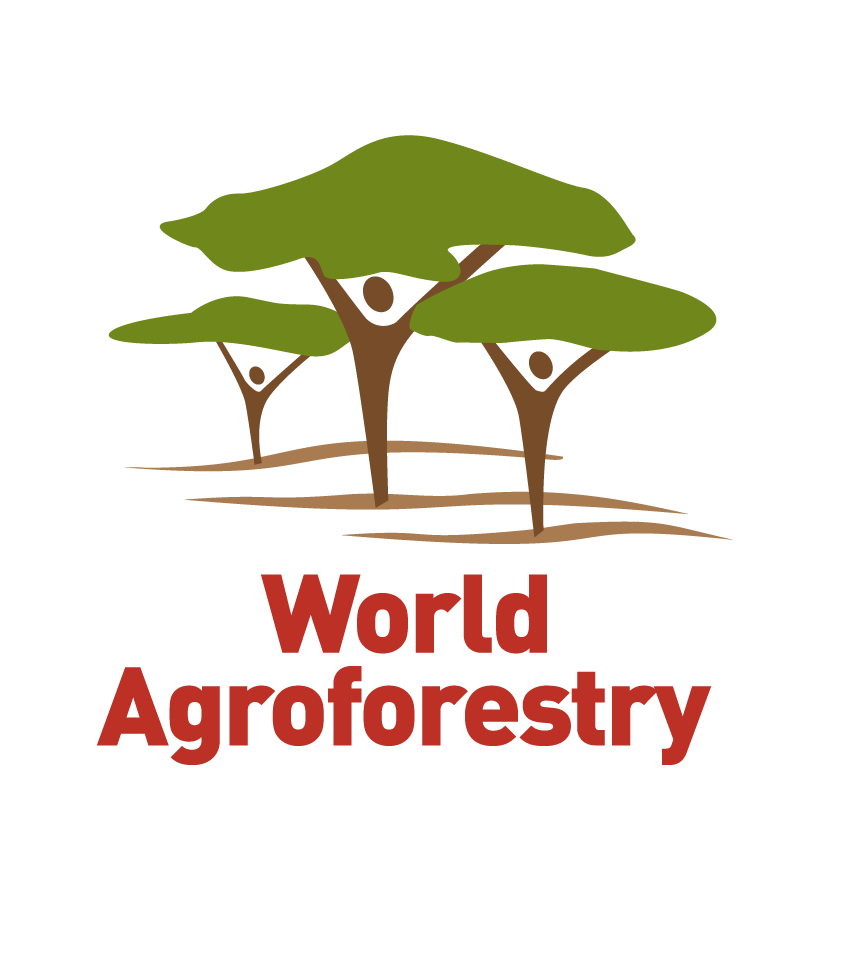Local names:
Burmese (nantayok), English (rasamala), Malay (tulasan,mandung), Thai (sop,satu,hom)
Altingia excelsa is an evergreen, monoecious, large and lofty tree, 40-60 m high, with straight bole and branching at 20-35 m above the ground. Young trees are very elegant with a dense pyramidal (later becoming more rounded) crown. The bark light grey, smooth with narrow, longitudinal fissures and irregularly flakes. Leaves alternate, simple, elliptical to oblong or ovate to ovate-lanceolate, 6 -12 cm long by 2.5 -5.5 cm wide, with finely toothed margins. Stipules are very small and caducous. Flowers unisexual with male and female flowers in separate inflorescences, but on the same tree. Female flowers 4-18 rounded heads borne together, 1.2-2.5 cm in diameter. Male racemes 6-14 heads per inflorescence, 1-2 cm long, consisting of masses of stamen. Petals and sepals are absent in both female and male flowers. Fruit a brown, four-compartment capsule, 1.2-2.5 cm by 1.2-2 cm on a 2-3.5 long peduncle that opens at maturity. Each of the four compartments contains 1(2) fertile seeds and up to 35 sterile seeds in each of the 4 compartments. Seed flattened, obovate and surrounded by a sweetly scented narrow wing. The genus Altingia contains 8 species and is distributed from southern Tibet to India and mainland South East Asia and only A. excelsa is represented in Malesian areas.
Ecology
A. excelsa occurs naturally mainly in humid mixed hill and montane forests. It is often a gregarious species, often associated with species of oaks, Podocarpus, Quercus and Castanopsis.
Native range
China, India, Malaysia, Myanmar, Nepal
Tree management
Use of stumps in the establishments of A. excelsa plantation is not recommended as this often results in multiple leaders. The usual planting distance for production of timber is 1 m x 3 m, but on the steep slopes 1 m by 2.5 m is used. Leucaena leucocephala is often interplanted in young plantations to suppress weeds. Close planting is recommended, as the young A. excelsa trees tend to form multiple stems when openly exposed to too much light. Thinning is needed about every 5 years. The rotation is at least 60 years. The average annual production of timber in plantations is 9-13 m3 /ha. On sites of reasonable quality, a pure plantation of 60 years old may have a timber volume of 450 m3/ha. Natural stands may yield 100-150 m3/ha.
A. excelsa fruits are collected from the tree before they turn black. If the fruits are collected later, many will be empty because the seeds have been dispersed. Seed is extracted by drying the fruits in the sun for 2 days or by drying in a seed drier, opening the fruits extracting seeds easily. A seed gravity table may be used to grade the seeds according to weight and thus separate the many empty seeds. Seed storage behaviour is recalcitrant. It is possible to store seed with 5-8 % moisture content at a temperature of 4-8ºC in sealed plastic bags for 12 weeks without loss of viability. There are about 177000 seeds/kg.
A. excelsa occurs naturally mainly in humid mixed hill and montane forests. It is often a gregarious species, often associated with species of oaks, Podocarpus, Quercus and Castanopsis.
Seeds normally propagate this species. The seeds should be sown shortly after collection as they lose viability within a short period. They should be soaked in cold water for 24 hours before sowing and germination starts about 10 days after. One-month-old seedlings can be transplanted in plastic bags, preferably in a growing medium enriched with organic matter and fertilizer.
The young reddish-brown tips of the branches or leaves are eaten raw or cooked as a vegetable or mixed in a salad. The sweetly scented seeds are food for monkeys and birds
Apiculture: Small bees (Apona spp.), which inhabit hollows in the trunk, collect the resin and use it to build their combs.
The dried bark has been used as a tinder
Timber: The wood is red, very durable and can be used in direct contact with the soil. Because of its long, branchless bole, it is favoured for frames of bridges, columns and beams for construction, power and telephone transmission poles and railway sleepers. The timber is used in heavy construction, vehicle bodies, ship and boat building, heavy flooring, rafters, veneer, plywood and pulp.
Medicine: In Java, in traditional medicine, the leaves are used to cure coughs.
Gum or resin: The tree produces an aromatic resin, called ‘getah malai’, which is used as incense.
Intercropping: It is often interplanted with Leucaena leucocephala in young plantations to suppress weeds and to reduce formation of multiple stems.
